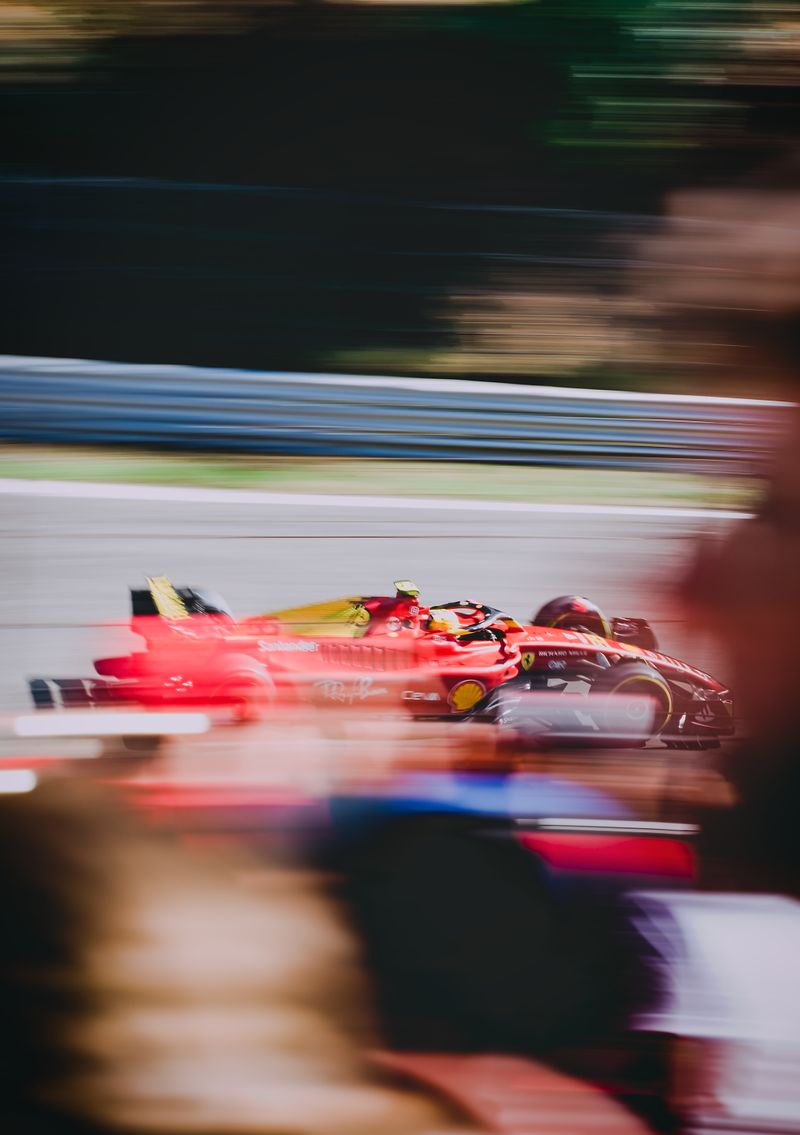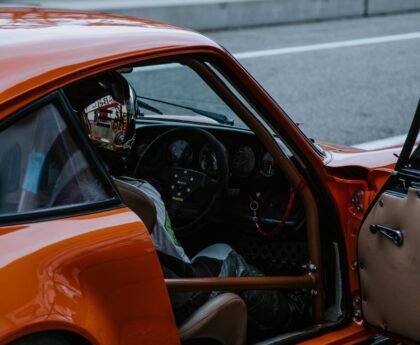The Pitfalls of the Plank: Exploring the Downfall of Mercedes and Ferrari at the F1 US Grand Prix
The Intriguing Rarity of Plank Wear
In the world of Formula 1, there are few times when teams face disqualification due to worn-down planks, one of the most notable instances being Michael Schumacher’s disqualification from the 1994 Belgian Grand Prix. It is therefore intriguing that, in an area of the car where teams are acutely aware of the need for precision, both Mercedes and Ferrari stumbled upon the same violation during the F1 US Grand Prix. The explanations for the rule breaches may seem clear-cut, but the fact that both teams had to accept their fate highlights the strict nature of the regulations. As Mercedes team boss Toto Wolff aptly put it, there is no room for error, and the teams must learn from their mistakes and come back stronger.
The Tiny Tolerance of the Plank Rules
The plank, an essential component of a Formula 1 car, must adhere to stringent regulations. The tolerance for wear between a freshly fitted plank and one that has completed a race is astoundingly tiny, with no more than 1mm of wear permitted. To ensure compliance, the FIA measures the wear on the plank using four 50mm diameter holes at designated locations. In the case of Charles Leclerc and Lewis Hamilton, it was the rearmost hole that failed the wear test. This hole must be positioned on the car’s centerline between 825mm and 1025mm ahead of the rear axle line. However, there is some variability in wear due to the absence of a specific drill point, unlike the three holes at the front of the plank. Flush-mounted titanium skids surround the drill holes, providing additional protection and following strict design regulations set by the FIA.
The Selective Checks and Trigger Points
After the disqualifications, a discussion arose regarding the FIA’s decision to check the planks on only a few cars. It is standard procedure for the governing body to randomly select elements of random cars to ensure compliance. In this instance, Max Verstappen’s RB19, Leclerc’s SF-23, Hamilton’s W14, and Lando Norris’s MCL60 were chosen for plank inspection. While Red Bull and McLaren received the all-clear, Ferrari and Mercedes were not so fortunate.
The Technical Reason behind Worn Planks
The underlying technical reason for the worn planks is relatively straightforward. The cars were running too low to the ground, resulting in scuffing and excessive wear during the Austin race weekend. The choice of rear ride height, something teams manipulate each race weekend, played a role in this issue. Factors such as fuel loads and the use of the Drag Reduction System (DRS) can also influence the car’s ride height as the aerodynamic load fluctuates. Typically, teams have sufficient time during a race weekend to find the ideal ride height that balances maximum performance with plank preservation. However, sprint races pose a challenge, as teams have only one practice session to fine-tune settings before qualifying. With a more condensed schedule, teams cannot cover the usual qualifying and long run programs. Adjusting ride height calculations during the first practice session must account for the additional competitive running added to the weekend’s schedule. This limitation, coupled with the inability to freely check plank wear once cars are in parc fermé, contributes to the uncertainty surrounding ride height and wear levels.
The Role of Weather, Track Conditions, and Tyres
Weather conditions and track characteristics also played a role in the worn plank violations. Ferrari suggested that the stronger-than-expected wind intensity and a change in direction may have forced the car down further onto the track surface. Moreover, the bumpy nature of the Austin circuit, criticized by Max Verstappen as not meeting F1 standards, likely exacerbated the wear on the planks.
Another potential contributing factor could be tire-related. It is not mere coincidence that the two cars that failed the plank checks were those that ran extended opening stints. As tires wear, they offer reduced grip and allow more heat to escape, resulting in lower pressures and a lower ride height. In Leclerc and Hamilton’s case, they ran longer first stints on medium tires to create a strategic advantage. However, this may have inadvertently led to increased plank wear, especially when the cars were still heavy with fuel.
The Lessons Learned and Possible Changes
Mercedes and Ferrari believe they fell victim to the pitfalls of the sprint format and the limitations imposed by parc fermé rules. Andrew Shovlin, Mercedes‘ trackside engineering director, acknowledged that the condensed schedule, combined with a bumpy circuit and the need to preserve ride height, led to higher-than-expected wear levels. Team personnel will undoubtedly use this experience as a learning opportunity to improve their strategies going forward.
Reconsidering Formula 1 Sprint Race Format
The disqualifications of Hamilton and Leclerc may spark a fresh debate on the suitability of parc fermé rules for sprint weekends. Given the early locking of setups, there may be calls to revise these regulations to prevent a repeat of the Austin incident. As talks of adjusting the sprint race format continue, changes to parc fermé rules could be on the horizon.
The Unanswered Question: What If All Cars Were Checked?
An unanswered question looms: if the FIA had checked the planks on all competitors, how many other cars would have failed the wear test? The relief felt by Ferrari and Mercedes that their other drivers were not disqualified highlights the potential scale of the violation and the challenges faced by all teams in meeting the plank regulations.
In conclusion, the worn planks that led to the disqualifications of Hamilton and Leclerc at the F1 US Grand Prix shed light on the delicate balance teams must strike between performance and compliance. The technical intricacies, track conditions, weather, and tire strategy all played a role in this incident. As teams reflect on their mistakes and learn from them, the lessons learned will undoubtedly shape future approaches to ride height, plank wear, and overall race strategies.

<< photo by Jenda Kubeš >>
The image is for illustrative purposes only and does not depict the actual situation.
You might want to read !
- Title: Disqualification Drama: Lewis Hamilton and Charles Leclerc Ousted from the US GP
- A Comprehensive Analysis of Champions League Team News and Potential Starting XIs
- The Battle for European Glory: An Insider’s Look at the Champions League Starting XI and Team Updates
- “Controversial Disqualifications Rock US Grand Prix: Lewis Hamilton and Charles Leclerc Caught in the Storm”
- “Verstappen Outpaces Hamilton to Snatch Triumph at United States GP”
- “Controversy Unleashed: Hamilton and Leclerc Disqualified from United States Grand Prix”
- Death-defying duel: Max Verstappen outshines Lewis Hamilton to claim victory at United States GP
- San Marino’s Alleged Attempt to Injure Rasmus Hojlund: An Exploration of Unsportsmanlike Conduct
- Al Nassr Edges Damac in Exciting Saudi Pro League Clash: NAS 2-1 DAM [Editorial Exploration]
- Stoke City Ends Disappointing Home Streak Against Sunderland
- English Rugby: The Cautionary Optimism in Aiming for World Cup Glory
- End of an Era: Remembering Indian Cricket Legend Bishan Singh Bedi




